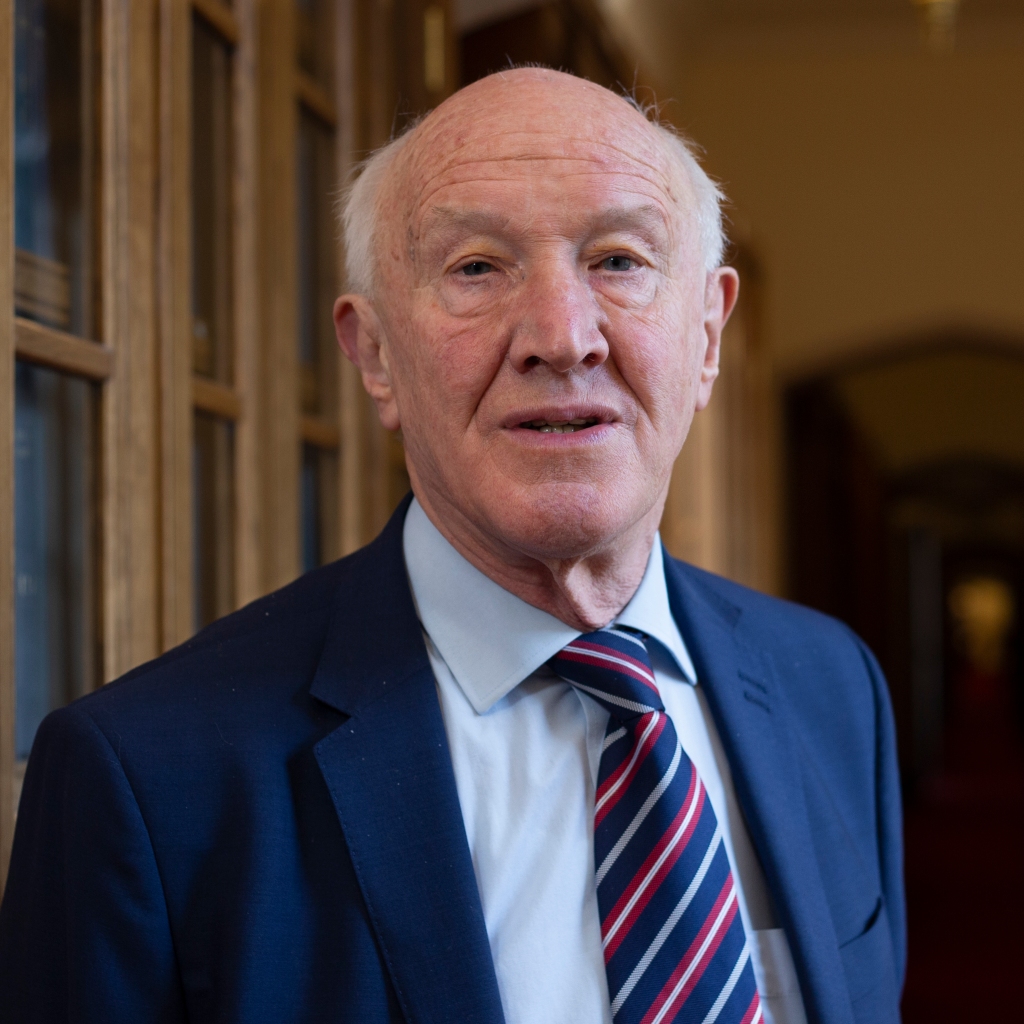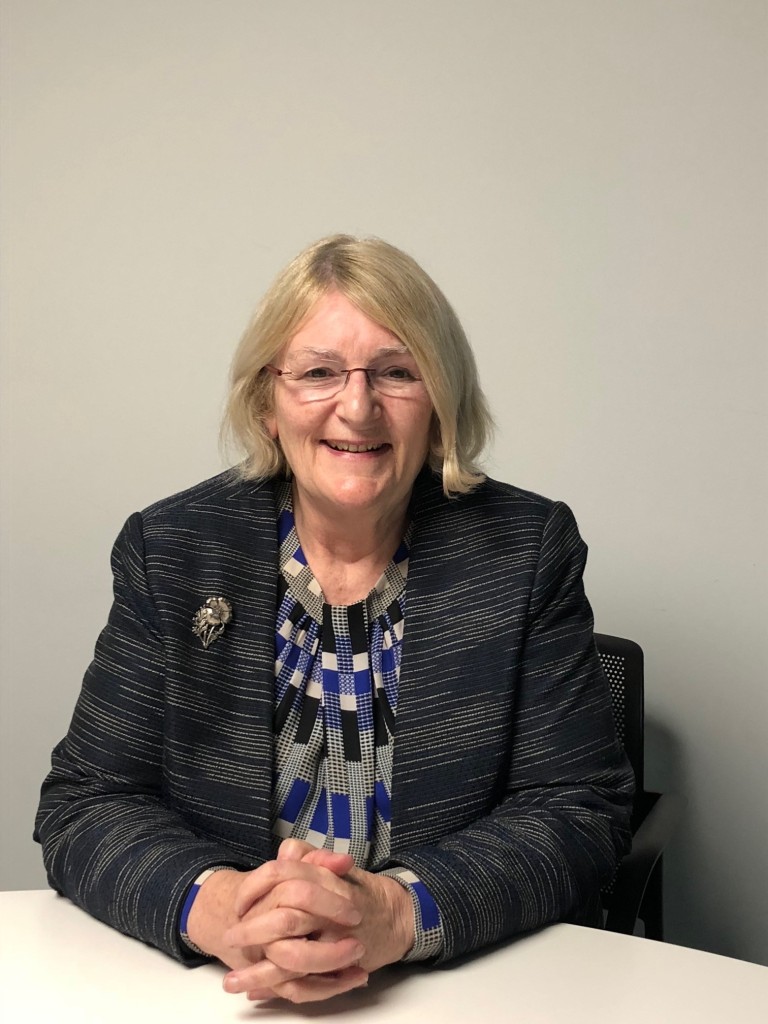When newly elected MPs first enter the Palace of Westminster, it is hard to ignore the hundreds of years of history that surrounds them. And as Dr Emma Peplow, Head of Oral History at the History of Parliament explores, this legacy could prove inspirational, impressive, or even overwhelming…
Find out more about the history of the Palace of Westminster and its famous Elizabeth Tower, home to Big Ben, in our upcoming publication with St James’s House, ‘Big Ben: An Icon of Democracy and Leadership’, due for release in December.
We ask every former MP we interview for our Oral History Project about their first impressions on arrival at Westminster, and unsurprisingly many of them discuss the buildings themselves: Westminster Hall, networks of corridors, committee rooms and offices, and of course, the Chamber. The buildings of the Palace form so much of the atmosphere of Parliament, framing the working environment and setting the tone.

The overwhelming first impression from many MPs is a sense of awe. Having worked so hard to get there, the grandeur of the buildings adds to the excitement and an awareness of the privilege of their position. Even Robert Cecil, later Marquess of Salisbury, told us that he felt like ‘a rather small ant in front of this great institution.’ [C1503/131, [1, 00:48:55-00:49:40]]. Of course not everyone was impressed – David Curry told us in no uncertain terms that he was not overwhelmed when he arrived – yet others reflected on the privilege of their new workplace. This could be because of a sense of history: David Clark remembered: ‘you suddenly realise, you know, this is where Churchill walked, Atlee walked, Gladstone, Disraeli, all the big players of British politics, and really the changes of British society were [made] here […] I couldn’t but feel impressed.’ [170, 2, 16.35-17.20]. As Eileen Gordon told us:
Of course the Chamber itself was the focus of a lot of this excitement. Again, several remarked that the Chamber was quite small and intimate, but that this only added to the atmosphere. Matthew Carrington told us that to sit in the Chamber for the first time was ‘absolutely wonderful’ and that he ‘relished’ the atmosphere in a busy and buzzing Question Time. For Ann Widdecombe, it was proof that she had made it as an MP:

Some MPs had less warm reactions to the Palace. For those who felt that Parliament was part of an elite culture they did not belong to, the architecture of the buildings themselves seemed to reinforce a feeling of not being welcome. Anthony Coombs described being ‘overawed’, telling us he was ‘too young’ when he arrived: ‘all [the] Pugin architecture, the statues of the Great and the Good – who subsequently you discover had feet of clay.’[134, 2,06-20-06.40]. For Jenny Tonge the Palace was dark, inward-looking, and cut off from the outside world. She described moths ‘fluttering everywhere’ and mice ‘running around’ in the tea rooms: ‘the whole place is like a crumbling old Dracula’s castle.’ Linda Gilroy had a similar reaction:
There was also the practical consideration of working in a historic building. At least before Portcullis House was built, many were allocated offices in unsuitable locations; asking for a noticeboard might mean having to drill through a medieval wall! Certainly many MPs complained about the state of the facilities and how that hindered their work. This was also the case in the simple practical matter of finding your way around. John Hannam remembered ‘something like 80 miles of corridors’ which meant that ‘you had no idea where you were all the time.’
For good or for bad, the Palace of Westminster formed a distinct impression on our interviewees: it shaped their experience of working in Westminster and how they related to the institution as a whole.
EP
Find more blogs based on our Oral History project here.
‘The Political Lives of Postwar British MPs: An Oral History of Parliament‘, a publication based on the History of Parliament’s Oral History project written by Dr Emma Peplow and Dr Priscila Pivatto, is now available in paperback!
Find out more about the upcoming publication ‘Big Ben: An Icon of Democracy and Leadership’ in this blog.

